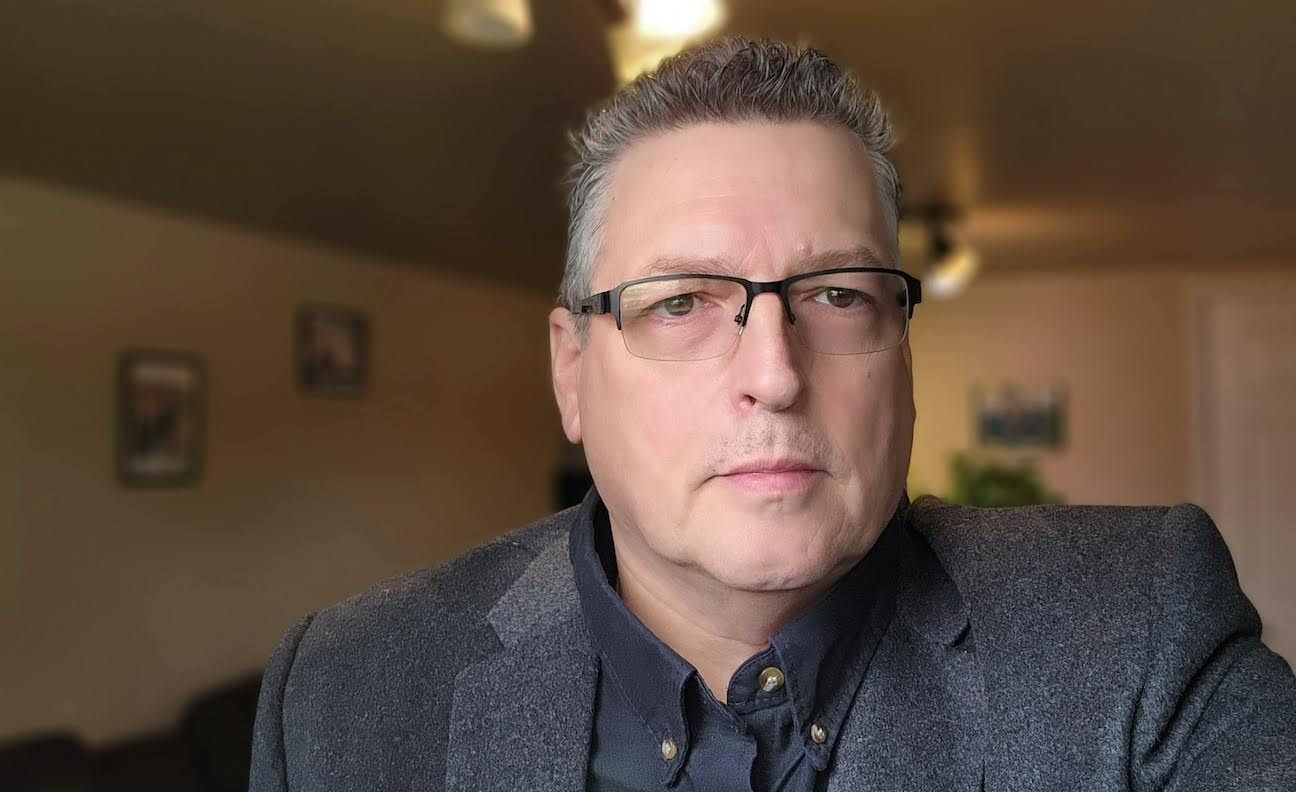warning: this story mentions self-harm and suicide. if you or someone you love is experiencing thoughts of suicide, self-harm or other mental health distress, call or text 9-8-8. last year, i opened my front door to see one of my closest friends standing on the porch with tears in her eyes, her white denim jacket hanging off of one shoulder. she fell into me, her arms wrapped tightly around my neck, as my brain rushed through the possibilities of what could have had her so upset — maybe she was sick, or something terrible had happened to her kids or her husband.
once she was settled on my couch with a cup of tea, she said that she needed to tell me something, something that she was really worried about. she explained she had been cutting herself, for months. she used the pink razor that she kept in her shower, she said. the cuts were long and deep from one side of her right thigh to the other side of the left. it hurt, she said, a lot. but it felt better than what she had been feeling in her head and her heart — something she described as dark and heavy and awful.
to say that all of this was unexpected would have been an understatement. this was my beautiful friend, the one who laughed easily and danced in my kitchen as she hummed her favourite song. she had lots of great friends — the kind who she could call at 3 a.m. and who would come over with a sundae, no questions asked. her hair was shiny, she always smelled good and loved a good vintage store. she was also smart, with no shortage of dreams and goals and little doubt that she would achieve them. she was the one that those around her would say had her future more or less figured out.
 8 minute read
8 minute read








